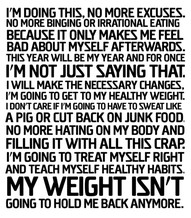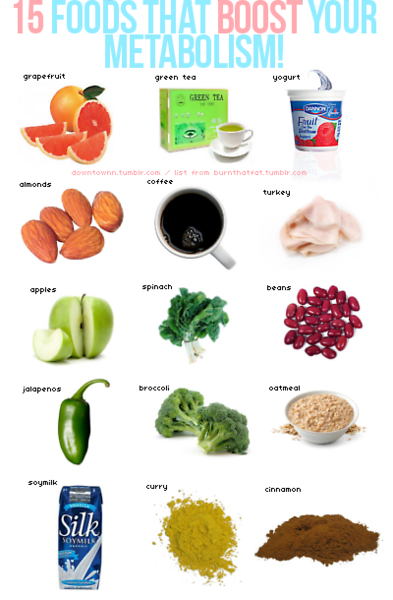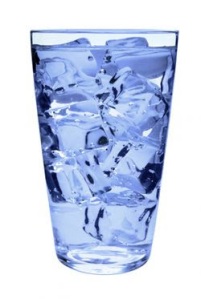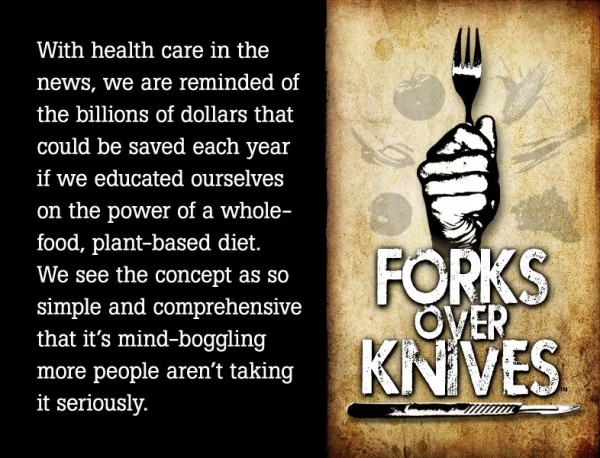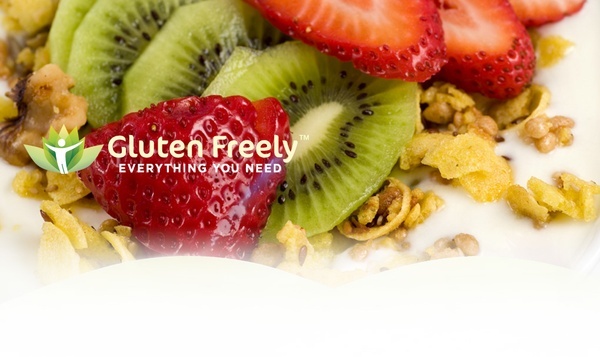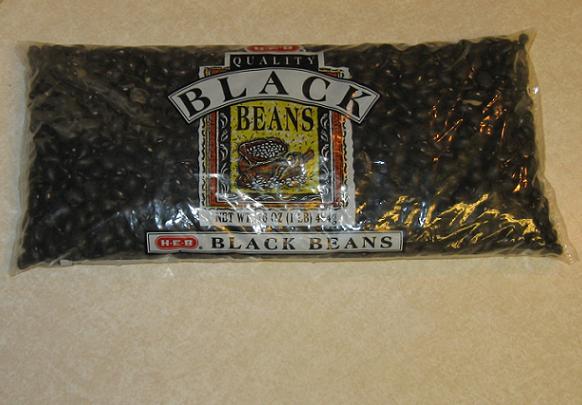Obesity, diabities, and other weight related issues have become an epidemic in today’s society. Trans fats, artificial sweeteners, and sugar loaded foods are partly to blame. Laziness, time restraints, and abundant resources are also major contributors. But how about our ancestors and genetics? What if some of our genes and bodily make up were predisposed towards storing fat? One theory suggests this could be a contibuting factor to the obesity epidemic that has taken over the US.
Thrifty Gene Hypothesis

Background
In 1962 geneticist James Neel proposed the thrifty gene hypothesis to partially explain the rise in diabetes in the world. The central premise of this theory is that through natural selection we evolved to be efficient at food storage and utilization. In Neel’s original hypothesis, he stated that ancient humans went through a cycle of feast and famine. The people who had bodies that were better at fuel storage or utilization were more likely to survive during the famine portion of the cycle. Thus over many generations, we developed genetically to be exceptionally efficient at the intake and utilization of fuel as these were beneficial adaptations throughout the majority of human life.
Relating To Obesity

This theory suggests that humans have genes which predispose them to obesity and fat storage. Essentially, our bodies have evolved as a product of our ancestors whose primary goal when they ate was to store food as fat. This ‘thrifty’ genotype would have been advantageous for hunter-gatherer populations, especially child-bearing women, because it would allow them to fatten more quickly during times of abundance. Fatter individuals carrying the thrifty genes would thus better survive times of food scarcity. However, in modern societies with a constant abundance of food, this genotype efficiently prepares individuals for a famine that never comes. The result is widespread chronic obesity and related health problems like diabetes.
Why Weren’t Our Ancestors Fat?

In the hunter-gatherer society, food was gotten largely through physical activity. Our ancient ancestors have been estimated to have hunt for food for 1-4 nonconsecutive days per week, while women gathered food 2-3 days per week. Needless to say, they were a little more active than the average American who spends anywhere from 10-12 hours a day seated.
‘Stone Age’ genes and ‘Space Age’ circumstances
A 2 minute drive in a car with leather/reclined/heated seats to the grocery store is not the same as several miles of hiking and scavenging to find food and resources. We have theses genes which have been inherited from our “stone age” ancestors in these “space age” circumstances where resources are over-abundant almost to fault, and everything is convenient and easy.
Opposition And Problems
- What about other sociities such as asian cultures where obesity rates are not even close to what they are in America?
- The field of epigenetics has shown that the body can manipulate the degree of transcription, or activation, a particularly gene has. Even more astounding is that environmental factors can impact the epigenome within a lifetime, thus altering how a gene functions. This suggests that our genes could recognize certain environmental factors available and adapt as a result which would poke holes in the thrifty gene hypothesis.
Conclusion
As can be seen, the genetics of obesity and the thrifty gene hypothesis are a complicated subject. It is easy to accept or dismiss portions of the hypothesis based on select data, but when taken in full it is clear that we simply do not understand everything that goes into the relationship between genetics and obesity.
Regardless, the important thing to remember is that environment and activity levels play a very large role in obesity problems in America. Sure we all have different body types and some of us are more likely to put on weight, but the good news is that with proper dietary and exercise practices, you pretty much control your destiny.
Thanks for reading and I will be interested to here comments about this theory and post.
From South Bend,








